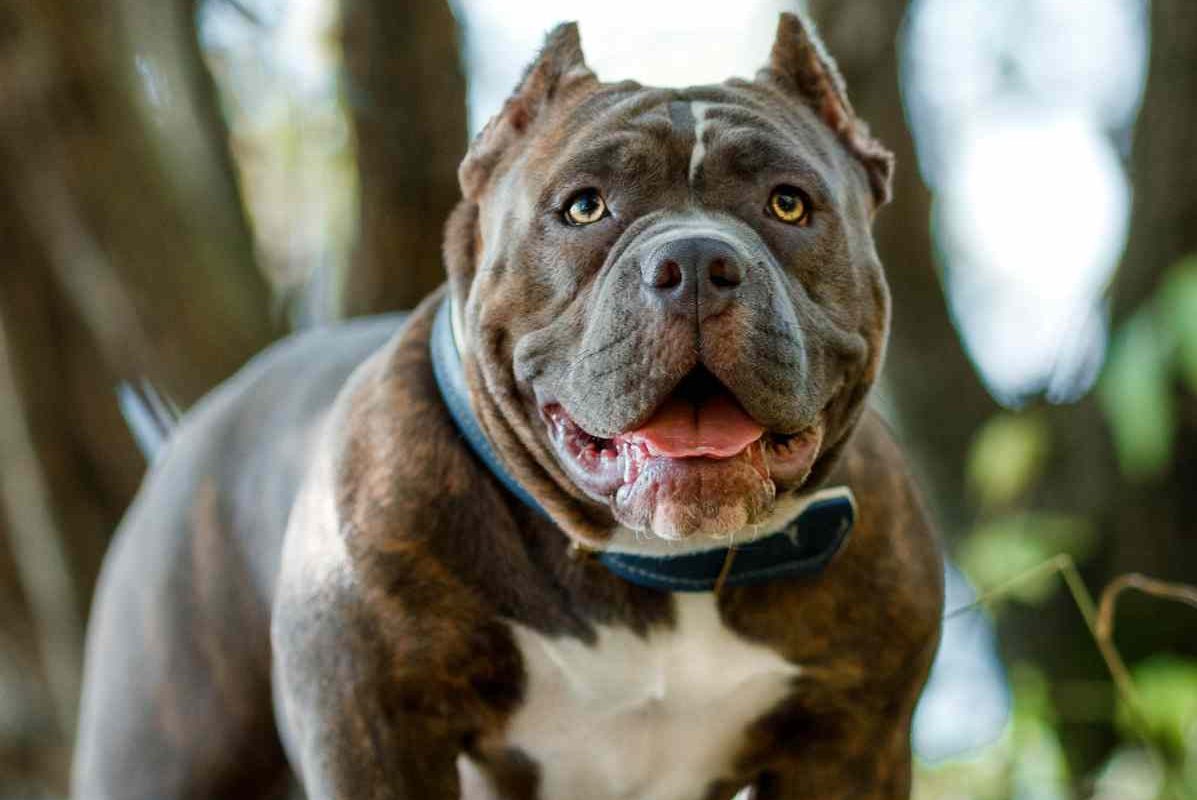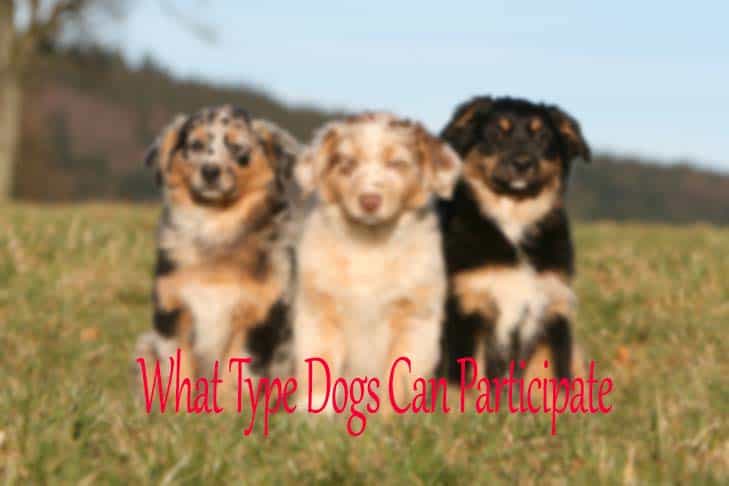Unraveling the enigmatic behavior of dogs showing teeth is crucial for every pet owner and dog enthusiast. Witnessing a dog display its teeth can evoke mixed feelings, often sparking fear or confusion. Is it aggression, fear, playfulness, or something entirely different? In our quest to understand these complex creatures, we delve into the intriguing world of dog behavior. This blog, “Unveiling Attitude: Demystifying Dog Showing Teeth Behavior,” aims to shed light on the various reasons behind this behavior, decode its hidden messages, and equip you with the knowledge to interpret and respond to your furry friend’s expressions effectively. Join us on this enlightening journey as we navigate the intricacies of canine communication and deepen our bond with man’s best friend.
Understanding Dog Behavior
When it comes to dog showing teeth, it is crucial to understand the behavior behind this action to prevent any misunderstandings and ensure a harmonious relationship with your furry friend.
The Purpose of Showing Teeth
Dogs may show their teeth as a form of communication, which can signify various things such as fear, aggression, or even playfulness. It is essential to observe the accompanying body language and context to interpret their intentions correctly.
Understanding the reasons behind dog showing teeth can help pet owners respond appropriately and address any underlying issues that may be causing the behavior.
How to Respond
When your dog shows their teeth, it is essential to stay calm and avoid escalating the situation. Ignoring the behavior or redirecting their attention to a positive activity can help diffuse tension and prevent further conflict.
- Provide your dog with space and time to calm down.
- Avoid punishing or scolding your dog, as this can exacerbate the issue.
- Consulting with a professional dog trainer or behaviorist can provide valuable insights and guidance on addressing dog showing teeth behavior.

Importance of Body Language in Dogs
Dogs communicate not only through barking and whining but also through their body language, providing crucial insights into their emotions and intentions. When it comes to dog showing teeth, understanding their body language is vital for interpreting their behavior accurately.
Signs of Aggression
One common interpretation of dogs showing their teeth is aggression. This display often indicates that the dog feels threatened, scared, or territorial. Recognizing this body language can help prevent potentially dangerous situations.
Signs of Playfulness
Contrary to aggression, in certain contexts, dogs may show their teeth during playtime. This behavior is usually accompanied by a relaxed body posture, wagging tail, and playful barks. It signifies excitement and engagement rather than aggression.
Reasons for Dog Showing Teeth
When a dog shows its teeth, it can be a sign of various underlying reasons that pet owners need to decipher. Understanding the causes behind this behavior can help in addressing the concerns effectively.
Social Aggression
Dogs may show their teeth as a form of social aggression. This could happen during interactions with other dogs or unfamiliar people, signaling their discomfort or warning of potential aggression.
In some cases, dogs displaying their teeth might be trying to establish boundaries or assert dominance in a particular situation.
Fear and Anxiety
Another reason for a dog showing its teeth could be fear or anxiety. When a dog feels threatened or scared, it may resort to displaying its teeth as a defensive mechanism to protect itself.
In such situations, it’s essential to identify the triggers causing fear in the dog and work on building trust and confidence through positive reinforcement training techniques.
Pain or Discomfort
In instances where a dog is experiencing pain or discomfort, it may show its teeth as a way of communicating its distress. Dental issues, injuries, or underlying health conditions can lead to such behavior.
Regular veterinary check-ups and addressing any potential health concerns promptly can help alleviate any discomfort prompting teeth showing in dogs.
Signs of Aggression vs. Fear
When your dog is showing teeth, it’s essential to decipher whether the behavior stems from aggression or fear. Understanding the signs of aggression versus those of fear can help you respond appropriately to ensure the safety and well-being of your furry companion.
Common Signs of Aggression
Aggressive behavior in dogs may include snarling, growling, raised hackles, stiff body posture, and exposed teeth. When a dog shows their teeth with lips curled back and direct eye contact, it’s often a clear indicator of aggression rather than fear.
Indications of Fear
Fearful behavior, on the other hand, may present as ears back, tail tucked, avoiding eye contact, crouching or trembling, and attempting to retreat or hide. When a dog shows teeth while exhibiting these signs, it’s likely a manifestation of fear and insecurity rather than aggression.
How to React to Dog Showing Teeth
When a dog shows its teeth, it’s essential to understand the reason behind this behavior. Dogs may display their teeth as a warning sign, a sign of fear, or even a sign of submission. It’s crucial to assess the situation carefully to determine the appropriate response.
Stay Calm and Avoid Aggression
Reacting with aggression or fear can escalate the situation. Stay calm and avoid making sudden movements that may trigger a defensive reaction from the dog. Speak softly and avoid direct eye contact to help alleviate tension.
Assess the Environment
Consider the context in which the dog is showing its teeth. Is the dog protecting its territory, feeling threatened, or playing? Understanding the underlying cause can help you respond appropriately.
- Observe the body language of the dog for cues about its emotional state.
- Look for any triggers that might have led to the behavior.

Frequently Asked Questions
- Why do dogs show their teeth?
- Dogs may show their teeth as a form of communication, which can indicate fear, aggression, submission, or even playfulness.
- Is a dog showing its teeth always a sign of aggression?
- Not necessarily. While showing teeth can be a sign of aggression, it can also be a response to fear or anxiety. It is essential to consider other body language cues to understand the context.
- How should one respond if a dog shows its teeth?
- It is crucial to stay calm and avoid making sudden movements. Give the dog space and time to calm down. It is advisable to consult a professional dog trainer or behaviorist for guidance.
- Can dog showing teeth behavior be trained or modified?
- Yes, with proper training and positive reinforcement techniques, dog behavior like showing teeth can be modified. Consult a professional trainer for guidance on how to address this behavior.
- Are there specific body language cues to look for when a dog shows its teeth?
- Yes, other body language cues to observe when a dog shows its teeth include stiff posture, raised hair on the back, growling, or a tense facial expression. Understanding these cues can help interpret the situation better.
Concluding Remarks: Deciphering Dog Showing Teeth
In conclusion, the behavior of a dog showing its teeth is a complex language that can carry various meanings depending on the context. Understanding the subtleties of this behavior is crucial for effective communication and safe interactions with our canine companions. Whether it’s a sign of aggression, fear, submission, or playfulness, proper interpretation of a dog’s showing teeth can prevent misunderstandings and potentially dangerous situations. By being observant, patient, and knowledgeable about dog behavior, we can build stronger bonds with our furry friends and ensure their well-being. Remember, each dog is unique, so always approach them with empathy and respect.



